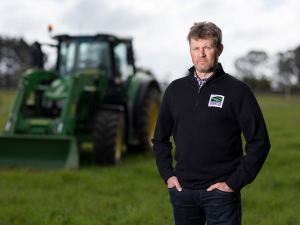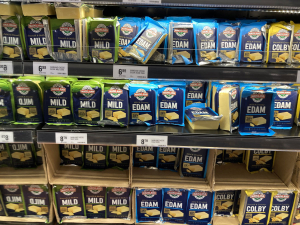Soil health damage during winter has been recognised as a significant issue for the farming community. It coincides with high stock densities and high soil moisture conditions.
It’s general practice during winter to graze stock intensively on winter forage crops supplying large quantities of feed in a relatively small area.
But wet soils, heavy grazing and the resulting compaction/pugging can reduce future pasture growth and impact negatively on farm productivity. So now is the right time for farmers to consider the impact of stock wintering practices on soil health and water quality.
These practices can impact surface and ground water quality, as well as soil quality due to heavy concentrations of dung and urine, the creation of bare ground and the risk of run-off in wet weather. Many studies have shown that water quality guidelines and standards have been exceeded as a result of intensive agricultural activities.
Livestock density is not the only factor affecting water quality; site selection and management of wintering systems are also important considerations.
Here are some stock wintering options that achieve good environmental results, are animal-friendly and make economic sense.
Feed and stand-off pads protect soil physical structure over wet periods. The feed pad is a dedicated concrete platform where supplementary feeds are brought to the stock. It has higher feed efficiency as the wastage is reduced to about 5% compared with 20% or more when silage is fed in paddocks.
Stand-off pads are a dedicated loafing area for stock. These pads are constructed using a softer, free-draining surface utilising materials like wood chips. As stock can be withheld from pasture for longer periods of time, the area required per cow has to be bigger, say about 8m2. Capture of effluent is an important aspect of stand-off pads. It requires the humped and hollowed base to be sealed underneath, either with compact clay or artificial liner or concrete, and the captured effluent directed to a treatment system.
Animal shelters are gaining popularity. Herd homes are a combination of a feeding platform, stand-off facility and animal shelter. Sheltered feeding for stock takes place over slatted concrete floors. As the cows stand on the reinforced slatted floors, their effluent drops through and into a concrete-lined bunker below.
Composting barns are another type of stock wintering option, with the composting occurring in-situ. The cows roam freely in the barn and lie on a mix of wood chips and straw. The beds must be kept dry by providing adequate ventilation and aeration.
As a last resort, sacrifice paddocks can be used when other options are not available to stand animals off when it is very wet, or as an area to feed animals hay and silage. However, there is a risk of soil structure damage and animal health problems, such as lameness and mastitis. If soil potassium levels become too great (potassium is excreted in urine) it may predispose the calving cow to metabolic problems. These come with a very high risk of discharges of contaminants to water so must be sited well away from waterways, with an area of rank growth to trap any sediment or dung that washes off.
By planning now and implementing proper stock wintering management practices, you can play an important part in improving water quality and soil health.
• Bala Tikkisetty is a sustainable agriculture advisor at Waikato Regional Council. Contact him on 0800 800 401.
















